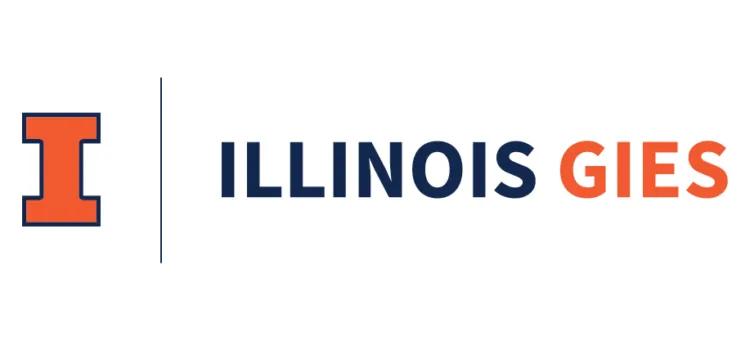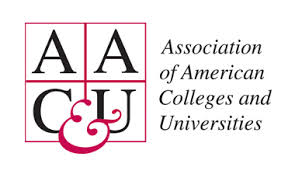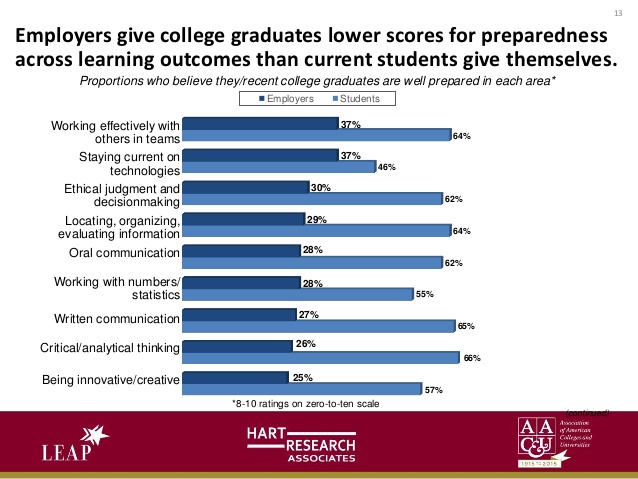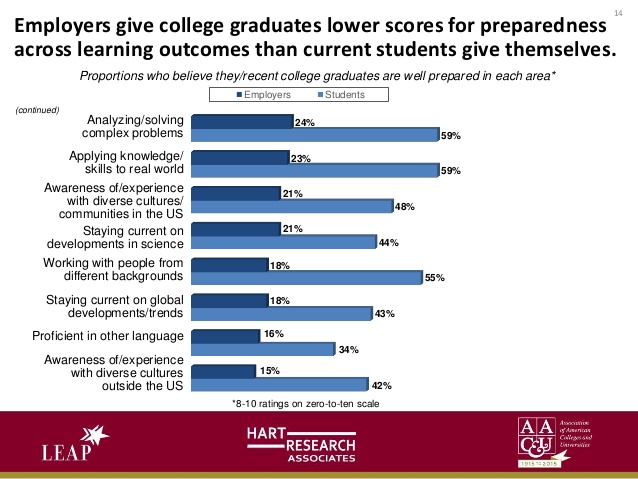It’s the never-ending conflict. Young people, brimming with ideals, passion, and ideas, charge into the world. They call the old guard “corrupt,” “lazy,” and “narrow-minded.” And they believe their vision will redeem past sins. Alas, previous generations – recognizing limitations and worn down from disappointments – simply shake their heads. They label their successors as “naïve,” “self-indulgent,” and “impulsive.” “They just don’t know what they don’t know,” they sigh.
You’ll find that dichotomy between recent graduates and employers too. Many students think their educations have honed their soft skills and prepared them to think critically. And employers just sigh and mutter to themselves, “You have so much left to learn.”
That was the main takeaway from a recent study conducted by the Association of American Colleges and Universities (AAC&U). Here, upperclassmen gave themselves far higher marks in areas like creativity and communication skills than employers did. At the same time, students valued in vogue staples like cultural and global awareness far more than employers.
STUDENTS CONSISTENTLY RANK THEIR SKILLS HIGHER THAN EMPLOYERS
The study was based on online surveys held with 400 executives and 613 students in late 2014. The employer portion featured companies and nonprofits with 25 or more employees, where 25% or more new hires held an associate’s or bachelor’s degree. The students sampled were within a year of completing their degree. Nearly half of these students attended four-year public colleges, with the rest nearly evenly split between four-year colleges and two-year colleges.
In this survey, employers and students diverged sharply when it came to student preparedness. The biggest gap occurred with critical and analytical thinking, where 66% of students considered themselves to be “well-prepared” in this area, compared to 26% of employers (who were basing their responses off experiences with recent grads). Similarly, there was a 38% discrepancy between how employers and students viewed their written communication skills. In fact, the two groups varied between 18%-34% across the board, with students consistently ranking their skills much higher than employers. In fact, the smallest differential occurred in the “staying current with technologies” category, where the variation was only nine percent.














